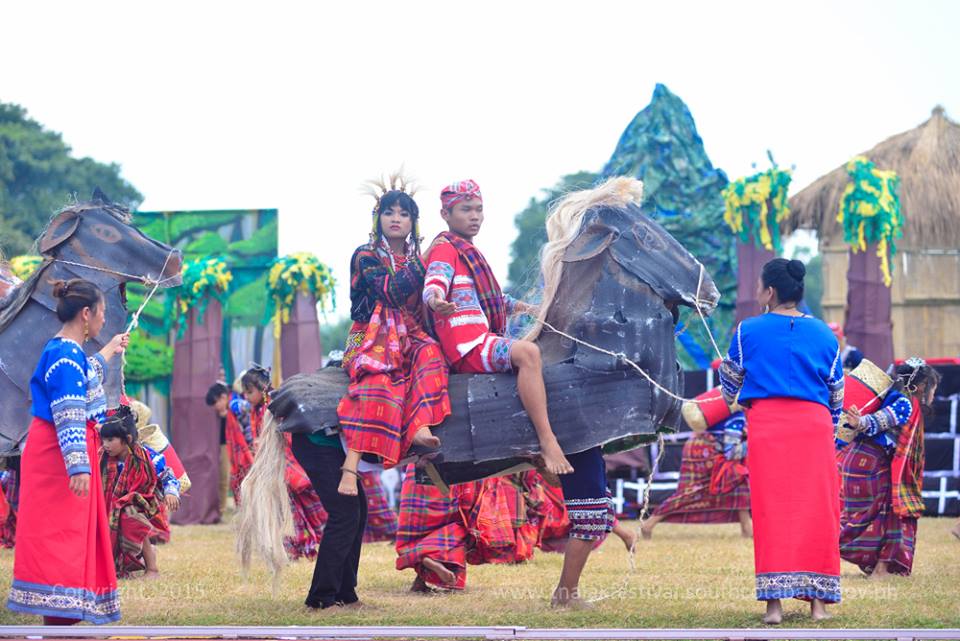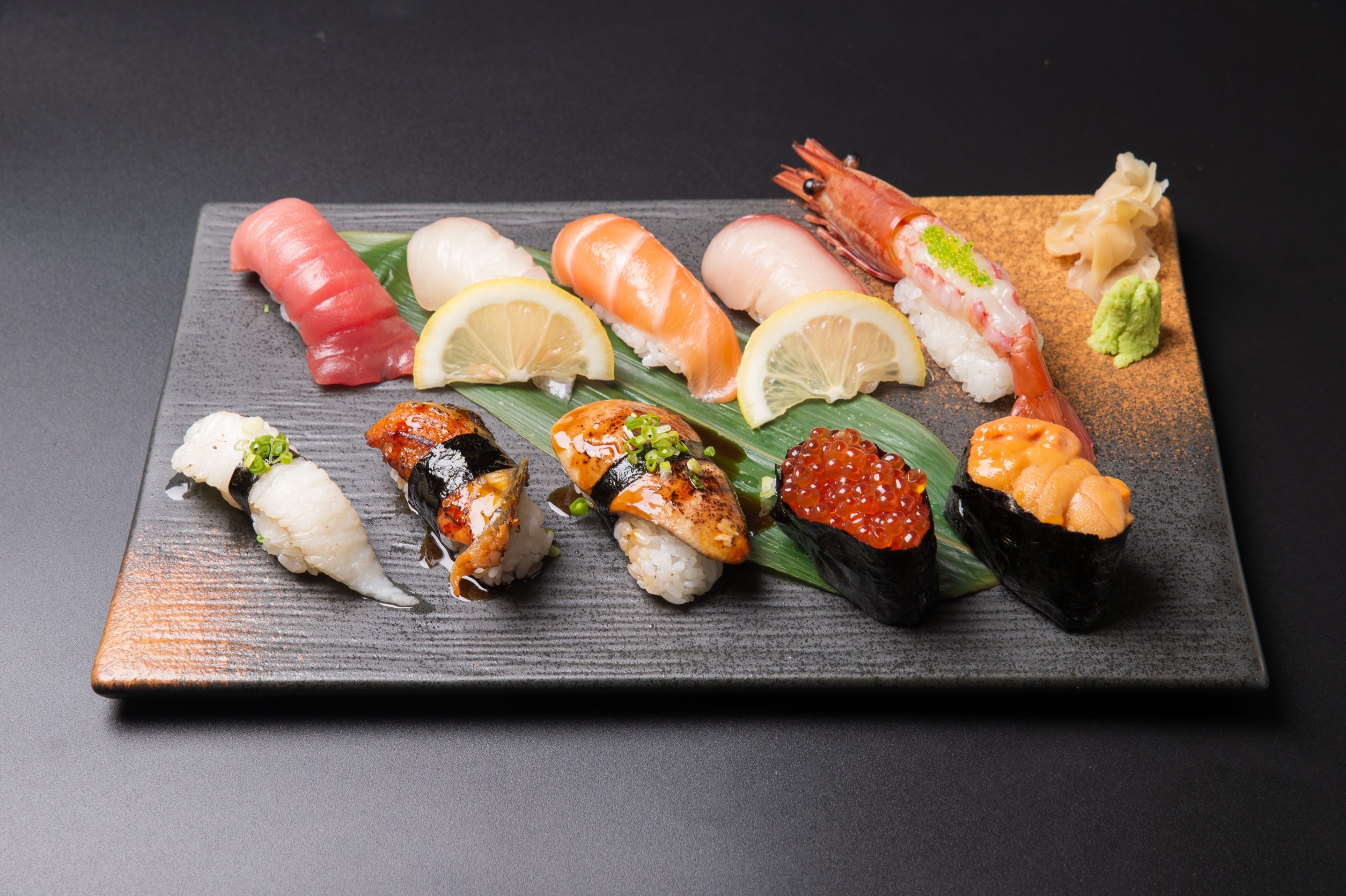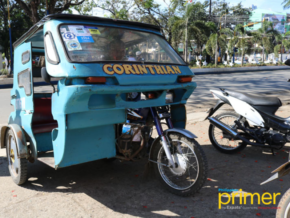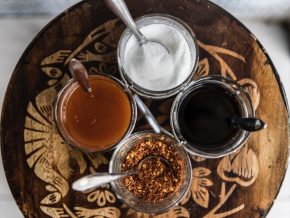More than just a festival: South Cotabato’s T’nalak Festival
For most Filipinos, The province of Cotabato has always been a place that’s been avoided thanks to long years of conflict. It wasn’t until 1999 that the city had something to be proud of: the annual T’nalak Festival.

SENSORY OVERLOAD. By far the easiest way to describe South Cotabato’s T’nalak Festival. Photo grabbed from T’nalak Festival official Facebook page.
History
South Cotabato has been a province for decades, but has not had a proper reason to celebrate its founding anniversary. That all changed in 1998, when former President Fidel V. Ramos declared the late Lang Dulay from Lake Sebu as a National Living Treasure for her work as a T’nalak weaver.
1999 saw the T’nalak Festival take the form we know of today: a celebration of South Cotabato’s founding anniversary and its way of honoring the cultural heritage brought about by its cultural emblem, the T’nalak.
T’nalak
T’nalak is a fabric made from abaca that is hailed as the province’s ultimate cultural emblem. It is woven by T’boli women, with the pattern coming to them in their dreams. This earned them the moniker of “dreamweavers”. Lang Dulay’s work has been seen as some of the best among her people, earning her the title of Gawad sa Manlilikha ng Bayan or the National Living Treasure Award.
The Festival
The T’nalak Festival is seen as an overload for the senses. It follows the trend of having colorful and vibrant festivals seen all over the country, all while having its own identity. Koronadal City is the setting for the festival.
Two of the most anticipated events are the Tri-People Grand Parade and the Street Dancing Showdown, held during the last day of the festival. There’s also a Bahay Kubo Competition, where groups pit themselves against each other in decorating the traditional home of Filipinos.
How to get there
Getting to South Cotabato is made easy with daily flights from Manila to Gen. Santos City, also known as GenSan. From GenSan, you’ll need to take a 45-minute bus ride to Koronadal City, where the festival is held. You can also opt for land transport throughout the trip, though it would take you 3 days going through Davao City.
Where to stay
A trip to South Cotabato is generally a multi-day trip. South Cotabato’s provincial tourism office has a handy list of hotels and resorts for you to stay in through this link.
What to do
Make your trip to South Cotabato worthwhile! Visit the T’boli Museum to know more about the culture of the people whose work have inspired the festival. Drop by the late Lang Dulay’s Manlilikha ng Bayan Center in Lake Sebu, where the next generation of dreamweavers train. There’s also Mt. Matutum, a dormant volcano that’s home to the Philippine Eagle and the world’s smallest primate – the Philippine Tarsier.
Source: The Provincial Government of South Cotabato official website













